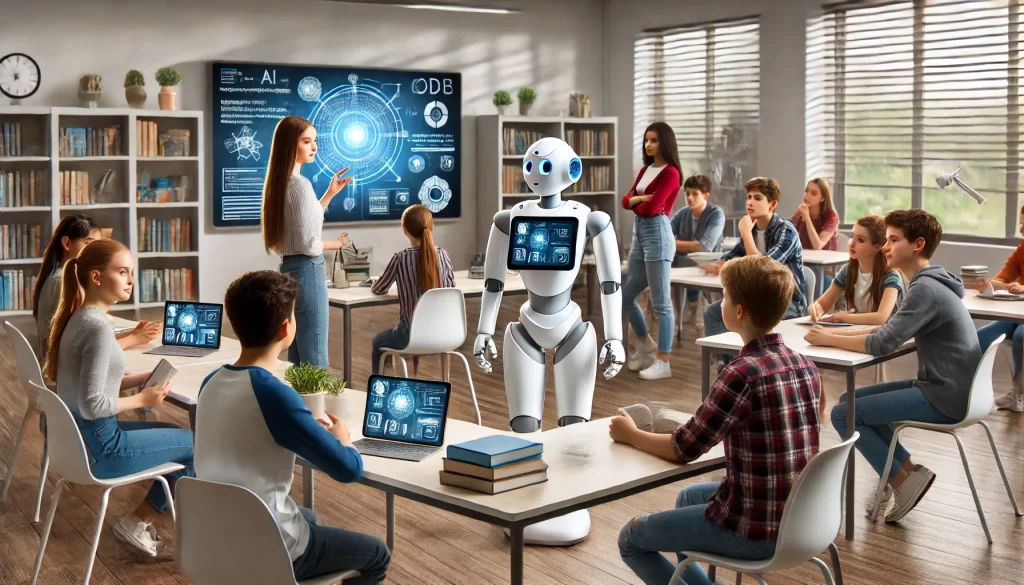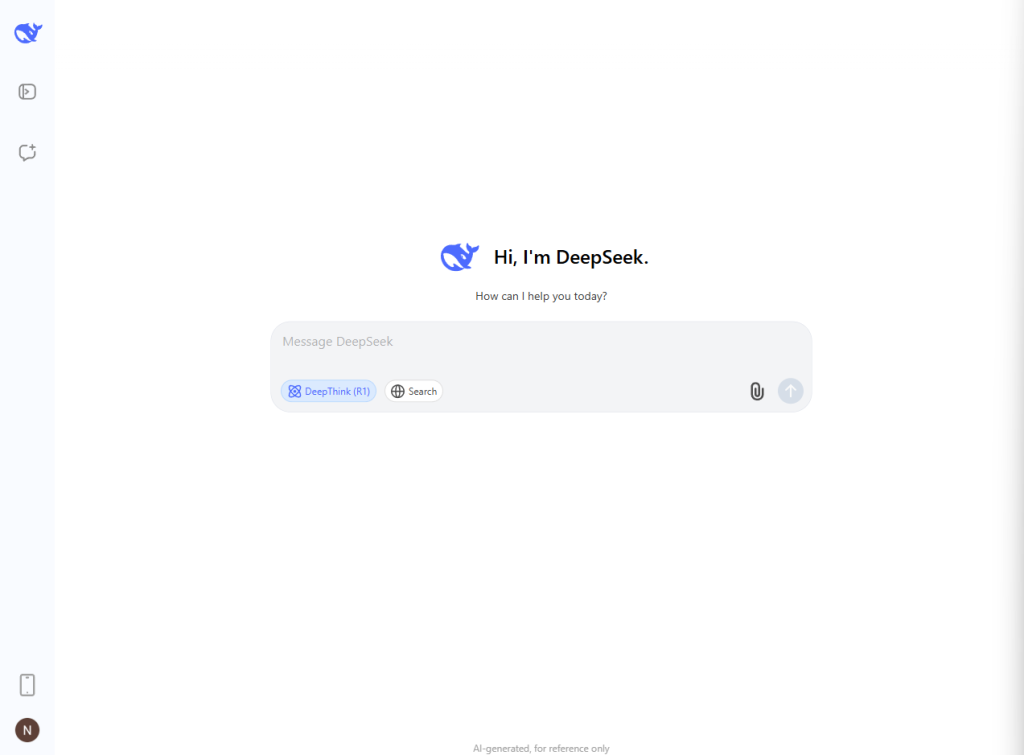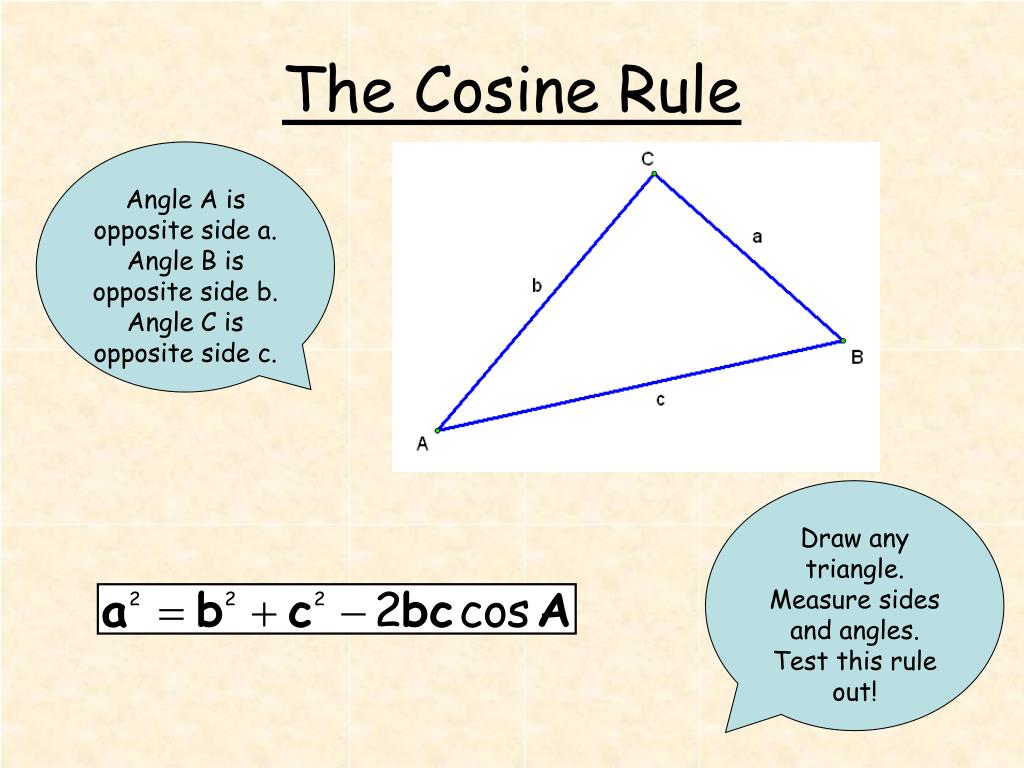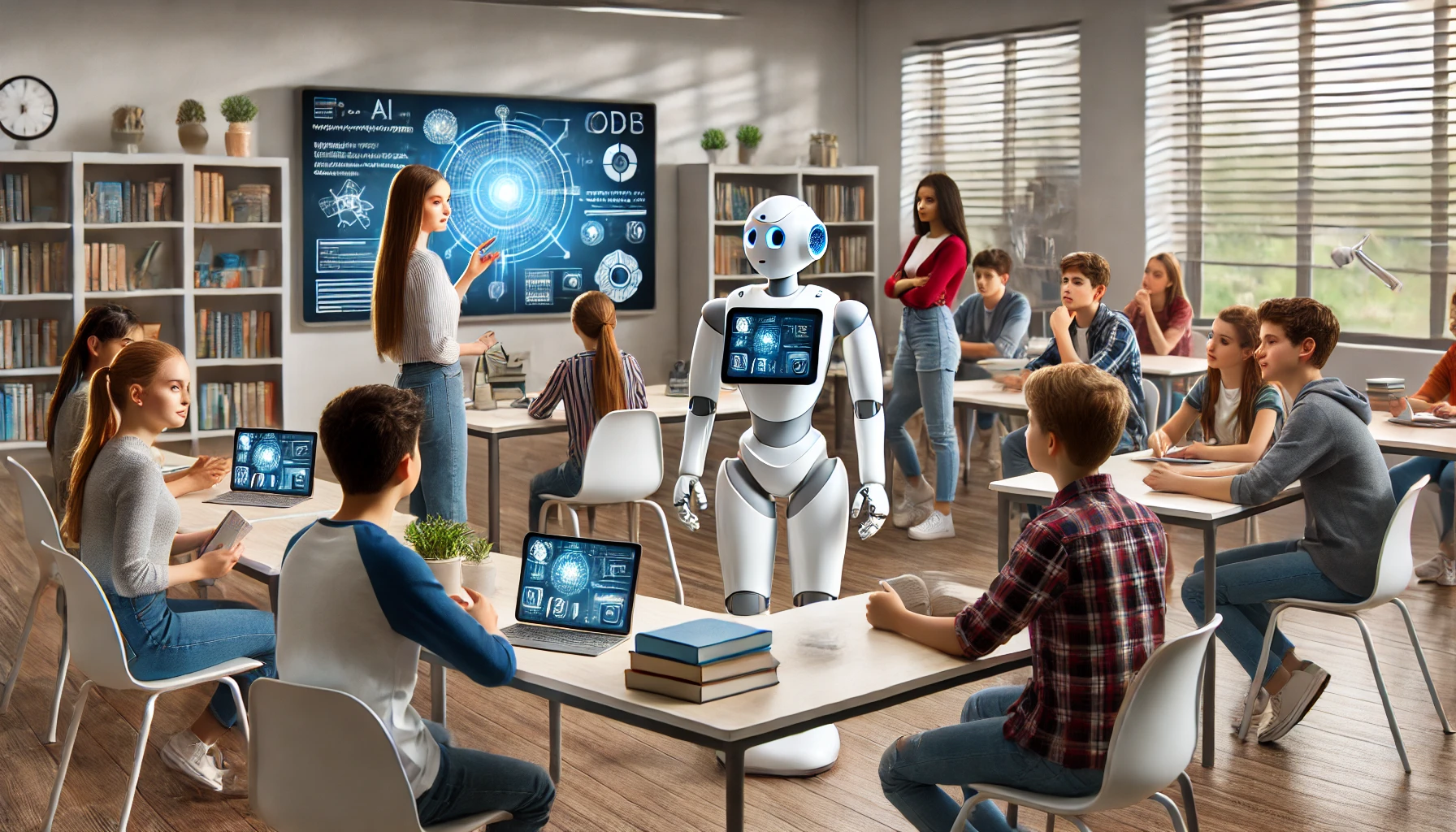The integration of Artificial Intelligence (AI) in K-12 education has been a topic of significant interest and debate in recent years. This report aims to provide a comprehensive overview of how AI is shaping K-12 education, examining past developments, current trends, and future forecasts.
Table of Contents
ToggleThe use of technology in education is not a new concept. However, the specific application of AI in K-12 settings has gained momentum in the past decade. Initially, AI in education was primarily focused on simple adaptive learning systems and basic tutoring programs. These early implementations laid the groundwork for more sophisticated AI applications in education.
One of the most significant impacts of AI on K-12 education is the advancement of personalized learning. AI algorithms can analyze individual student learning patterns, including strengths, weaknesses, and engagement levels, to create customized learning pathways3. This approach allows for:
Adaptive pacing of material
Tailored difficulty levels
Increased student engagement and motivation
Examples of AI-driven personalized learning platforms include Carnegie Learning for literacy and math, and Duolingo for language learning3.
AI-powered tutoring systems are becoming increasingly sophisticated, offering students personalized support outside of traditional classroom hours. These systems can:
Provide step-by-step guidance
Offer immediate feedback
Adapt to individual learning styles
While AI tutors are not expected to replace human teachers entirely, they may significantly impact after-school tutoring services2.
Data-driven insights have become increasingly important in K-12 education, revolutionizing how educators and administrators analyze and utilize educational data. As of 2025, several key trends and developments have emerged in this area:
Modern K-12 educational institutions are leveraging sophisticated AI-powered analytics platforms that can:
Generate comprehensive performance visualizations for entire schools
Predict factors affecting enrollment, engagement, and academic performance
Provide real-time insights to inform decision-making1
These capabilities allow for more efficient and effective educational planning and resource allocation.
One of the most significant advancements is the provision of clear, concise data on student performance to teachers. Instead of raw scores, these systems now offer:
Actionable analytics that highlight areas needing attention
Immediate feedback mechanisms for students
Tools for monitoring progress over time1
This shift enables educators to make data-informed decisions quickly and tailor their teaching strategies more effectively.
AI algorithms are now capable of analyzing individual student learning patterns, including:
Strengths and weaknesses
Engagement levels
Learning styles
This analysis allows for the creation of customized learning pathways, adaptive pacing of material, and tailored difficulty levels1.
Modern data systems in K-12 education prioritize:
Compatibility with existing learning management systems
Open APIs for seamless integration with additional educational tools
Integration with platforms like Clever and Google Classroom1
This interoperability ensures that data insights can be leveraged across various educational technologies and systems.
As data-driven insights become more prevalent, there is an increased focus on:
Data privacy and security
Compliance with regulations like FERPA and COPPA
Addressing potential algorithmic bias1
These ethical considerations are crucial for maintaining trust and ensuring fair use of data in educational settings.
Despite the advancements, several challenges remain in fully implementing data-driven insights in K-12 education:
Cost of implementation and maintenance
Need for ongoing teacher training and upskilling
Potential resistance from educators and parents unfamiliar with data-driven approaches1
Looking ahead, data-driven insights in K-12 education are expected to:
Further democratize access to high-quality educational resources
Enable more sophisticated hybrid learning models
Empower teachers by reducing administrative workload and providing more time for personalized instruction1
As these systems continue to evolve, they have the potential to significantly reshape the educational landscape, offering more personalized, efficient, and effective learning experiences for K-12 students.
Experts predict that AI could lead to the development of hybrid learning models. In well-funded school systems, students might attend physical classes every other day, with AI-facilitated learning on off days. This model could allow for:
More experiential learning during in-person sessions
Continuous, personalized instruction through AI2
However, concerns exist about potential disparities between well-funded and underfunded school systems in implementing such models.
Rather than replacing teachers, AI is expected to empower them by:
Reducing administrative workload
Providing more time for one-on-one student interaction
Enabling more effective tailoring of learning experiences2
AI has the potential to democratize access to high-quality educational resources. This could help bridge educational gaps, particularly in areas with limited access to skilled teachers or advanced learning materials2.
As AI becomes more prevalent in K-12 education, ethical considerations surrounding data privacy, algorithmic bias, and the potential for over-reliance on technology must be addressed.
Widespread adoption of AI in K-12 education faces several challenges:
Cost of implementation and maintenance
Need for teacher training and upskilling
Potential resistance from educators and parents1
While AI offers numerous benefits, it’s crucial to maintain a balance between technological assistance and human interaction in education. The social and emotional aspects of learning, which are critical in K-12 education, cannot be fully replicated by AI1.
Conclusion
AI is poised to significantly transform K-12 education, offering personalized learning experiences, enhanced data insights, and potential new models of instruction. However, its implementation must be carefully managed to ensure equitable access and to preserve the essential human elements of education. As AI technology continues to evolve, its role in K-12 education will likely expand, potentially reshaping the educational landscape in the coming decades.
Recent Posts
- Yelp Business: Everything You Need to Know
- MLM (Multi-Level Marketing): Everything You Need to Know
- Network Marketing: Everything You Need to Know
- B Corporation: Everything You Need to Know
- QuickBooks Self Employed: Everything You Need to Know
- State Corporation Commission: Everything You Need to Know
- Business Plans: Everything You Need to Know
- Business Center: Everything You Need to Know
- Primerica Online: Everything You Need to Know
- S Corporation: Everything You Need to Know
- Business Line of Credit: Everything You Need to Know
- LLC: Everything You Need to Know About Limited Liability Companies
- Business: Everything You Need to Know About Navigating the World of Commerce
- Entrepreneur: Everything You Need to Know
- What is Vocabulary
Choose Topic
- ACT (17)
- AP (20)
- AP Art and Design (5)
- AP Physics 1 (1)
- AQA (5)
- Artificial intelligence (AI) (2)
- Banking and Finance (6)
- Biology (13)
- Business Ideas (68)
- Calculator (72)
- ChatGPT (1)
- Chemistry (3)
- Colleges Rankings (48)
- Computer Science (4)
- Conversion Tools (136)
- Cosmetic Procedures (50)
- Cryptocurrency (49)
- Digital SAT (3)
- Edexcel (4)
- English (1)
- Environmental Science (2)
- Etiology (7)
- Exam Updates (1)
- Finance (31)
- Fitness & Wellness (164)
- Free Learning Resources (210)
- GCSE (1)
- General Guides (40)
- Health (107)
- History and Social Sciences (152)
- IB (1)
- IGCSE (2)
- Image Converters (3)
- IMF (10)
- Math (43)
- Mental Health (58)
- News (11)
- OCR (3)
- Past Papers (463)
- Physics (5)
- SAT (39)
- Schools (3)
- Sciences (1)
- Short Notes (5)
- Study Guides (28)
- Syllabus (19)
- Tools (1)
- Tutoring (1)
- What is? (312)
Recent Comments

Dubai Financial Services Market: An Analysis of Past, Present, and Future Trajectories

AI's Impact on K-12 Education: Past, Present, and Future

Deepseek Everything You Need to Know

This Extremely Simple Math Problem Is Going Viral

Dubai Financial Services Market: An Analysis of Past, Present, and Future Trajectories

AI's Impact on K-12 Education: Past, Present, and Future

Relative Frequency Formula: Everything You Need to Know


